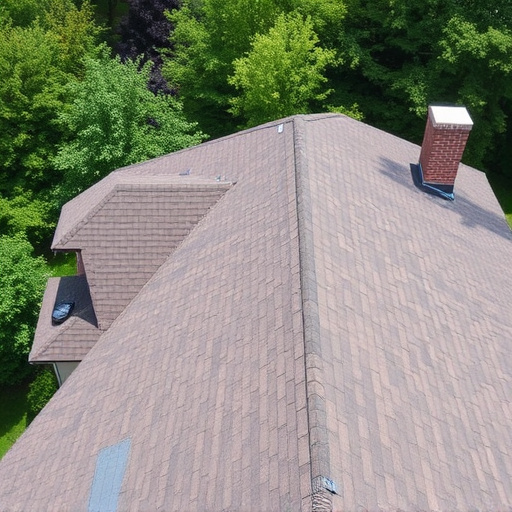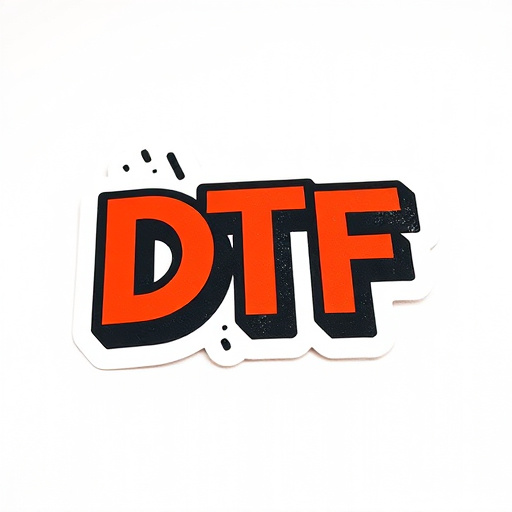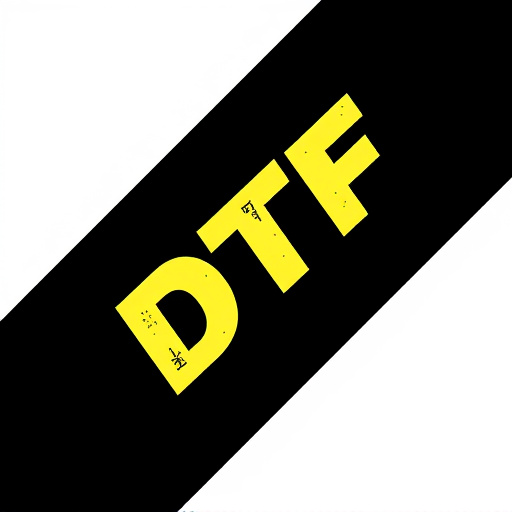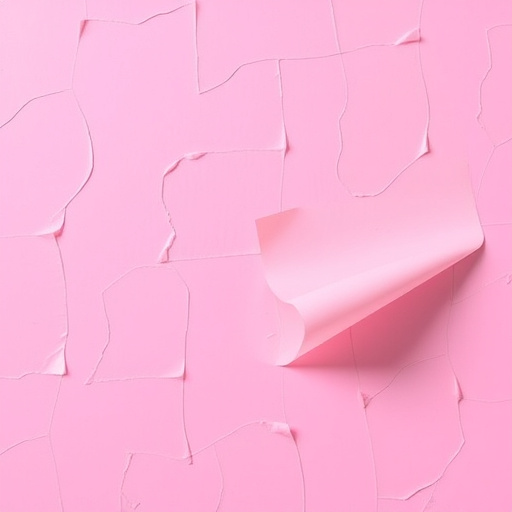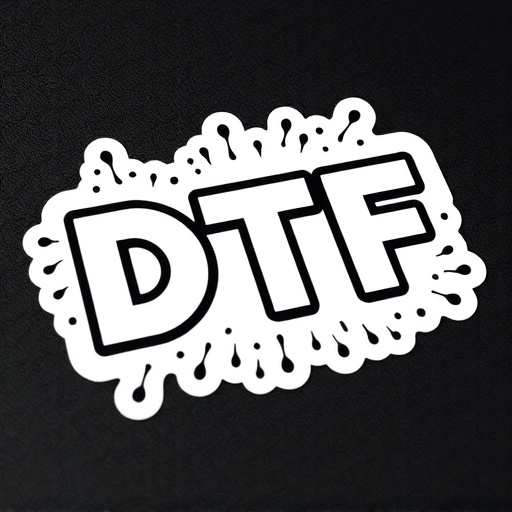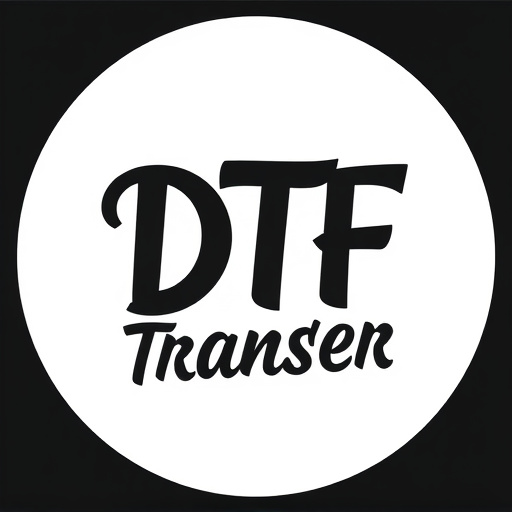Direct-to-Film (DTF) technology offers groundbreaking solutions for film preservation and reproduction, ensuring exceptional durability and visual fidelity. By directly applying ink to film, DTF yields vibrant colors, crisp contrasts, and protects against fading and damage, ideal for rare or vintage films. This method is also highly versatile, suitable for outdoor applications like signage and vehicle wraps, with specialized inks resisting sunlight, UV rays, chemicals, and moisture. DTF technology enhances media preservation, offering advanced detail capture and reproduction, surpassing traditional methods. Its advantages include superior longevity, fine detail preservation, vibrant colors, and sharp contrasts, making it ideal for limited-edition prints and photo memorabilia. Industries from promotional to outdoor advertising benefit from DTF's ability to create lasting brand impressions with accurate reproductions of intricate designs. Best practices, including high-quality materials and meticulous preparation, ensure pristine DTF transfers.
Direct-to-film (DTF) transfers are revolutionizing the way we preserve and share visual content. This cutting-edge technology offers unparalleled durability and detail retention, making it a premium choice for professionals and enthusiasts alike. In this comprehensive guide, we’ll explore why DTF is superior, how it works, its diverse applications, and best practices to ensure optimal results. Discover the benefits of DTF and elevate your visual experiences today.
- Understanding Direct-to-Film (DTF) Transfers: A Brief Overview
- Why Choose Premium DTF for Superior Durability?
- The Technology Behind DTF's Unmatched Detail Retention
- Benefits of Direct-to-Film: Longevity and Quality Assurance
- Applications: Where Premium DTF Truly Shines
- Ensuring Optimal Results: Best Practices for DTF Transfers
Understanding Direct-to-Film (DTF) Transfers: A Brief Overview
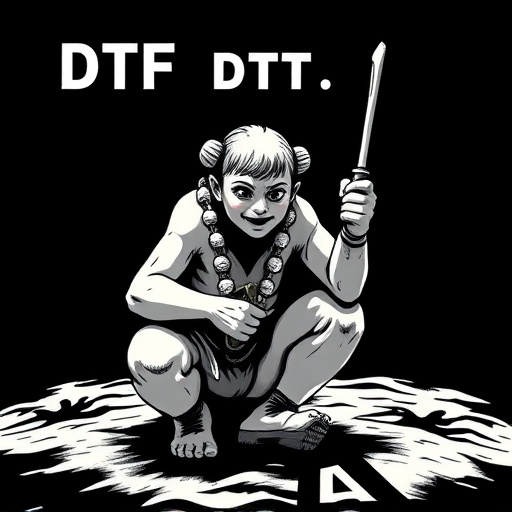
Direct-to-Film (DTF) transfers are a cutting-edge technology that offers unparalleled durability and detail for film enthusiasts. Unlike traditional printing methods, DTF involves transferring ink directly onto the surface of the film, resulting in vibrant colors, sharp contrasts, and an authentic cinematic look. This innovative process ensures that every frame captures the director’s vision with stunning clarity.
With DTF, films gain a new level of protection against fading, scratches, and other forms of damage. The transfer process uses specialized equipment and materials to create a high-resolution copy, preserving the original film’s artistic integrity. This technology is especially beneficial for rare or vintage films, ensuring their preservation for future generations while making them accessible in a modern format.
Why Choose Premium DTF for Superior Durability?

Premium direct-to-film (DTF) transfers offer an unparalleled level of durability and detail, making them a superior choice for many applications. Unlike traditional printing methods that can fade or wear over time, DTF prints are designed to withstand harsh environmental conditions and heavy use. This is achieved through specialized inks and coatings that protect the image, ensuring its vibrancy and clarity remain intact for years.
The durability of premium DTF isn’t just about resisting physical damage; it also includes resistance to fading from sunlight and other UV rays, as well as resilience against chemicals and moisture. This makes DTF an ideal solution for outdoor signage, vehicle wraps, and durable goods labeling, where the print needs to last through various challenges. With its ability to maintain high-quality images even in demanding environments, premium DTF provides a reliable and long-lasting option for businesses seeking to make a lasting impression.
The Technology Behind DTF's Unmatched Detail Retention
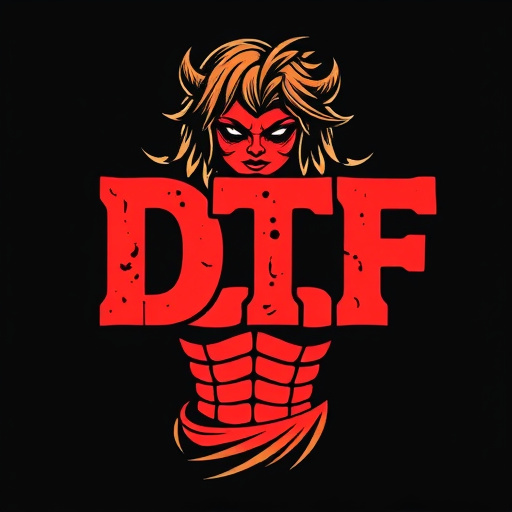
Direct-to-film (DTF) technology is revolutionizing the way we capture and preserve detail in various media formats, including film transfers. Its secret lies in a meticulous process that ensures every frame is digitally scanned with extraordinary precision, allowing for an unparalleled level of clarity and fidelity. This method involves specialized equipment and algorithms that can detect and reproduce even the subtlest nuances, from intricate textures to rich color gradations.
By employing cutting-edge sensors and advanced image processing, DTF transfers surpass traditional methods in detail retention. The result is a vibrant, crisp image that closely mirrors the original film, offering viewers an immersive experience with every frame filled with life and detail. This technology ensures that the essence of the original content is meticulously preserved for future generations to enjoy.
Benefits of Direct-to-Film: Longevity and Quality Assurance
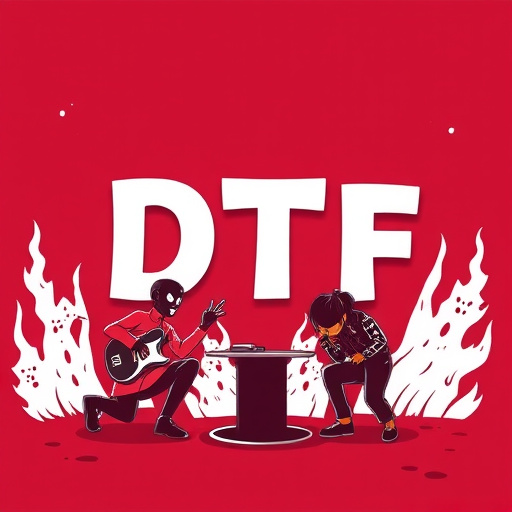
Direct-to-film (DTF) transfers offer a host of benefits, particularly in terms of longevity and quality assurance. Unlike traditional printing methods that can lead to fading, cracking, or color distortion over time, DTF technology directly prints onto high-quality film, ensuring superior durability. The process involves advanced inkjet printing that produces incredibly fine details, vibrant colors, and sharp contrasts, resulting in a final product that retains its visual excellence for extended periods.
Moreover, direct-to-film transfers provide consistent quality control throughout the production run. Each print is precisely engineered, guaranteeing that every copy maintains the same high standards. This consistency is especially beneficial for businesses or individuals looking to create limited-edition prints, art pieces, or photo memorabilia, ensuring that each item meets their expectations for excellence and longevity.
Applications: Where Premium DTF Truly Shines

Premium direct-to-film (DTF) transfers offer unparalleled durability and detail, truly shining in various applications across industries. From promotional items to brand merchandising, DTF technology ensures that logos, graphics, and text remain vibrant and crisp even after extensive use and exposure to varying environments. This makes it an ideal choice for companies seeking to create lasting impressions.
In the realm of advertising, DTF is revolutionizing outdoor advertising with durable banners, posters, and billboards that boast rich colors and sharp prints. Similarly, in event management, personalized merchandise like tote bags, t-shirts, and mugs benefit from DTF’s ability to reproduce intricate designs accurately, fostering a strong connection between brands and their customers. Moreover, its versatility extends to the arts, enabling artists to bring their creative visions to life on various media with exceptional quality.
Ensuring Optimal Results: Best Practices for DTF Transfers
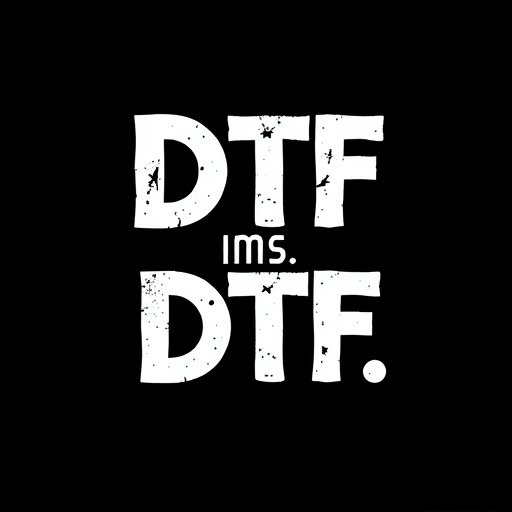
To ensure optimal results with Direct-to-Film (DTF) transfers, several best practices should be followed. Firstly, using high-quality materials is paramount; this includes both the film stock and inks. Opting for professional-grade components guarantees a superior final product. Additionally, precise color calibration and advanced printing techniques significantly enhance detail and durability.
Another crucial aspect is maintaining meticulous preparation and cleaning procedures. Keeping equipment clean and properly calibrated minimizes imperfections that could affect image quality. Lastly, controlling environmental factors such as temperature and humidity ensures consistent and reliable transfers, preserving the integrity of both the film and the print.


